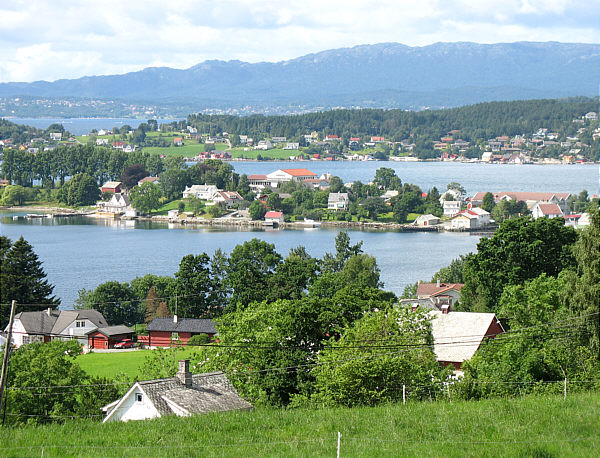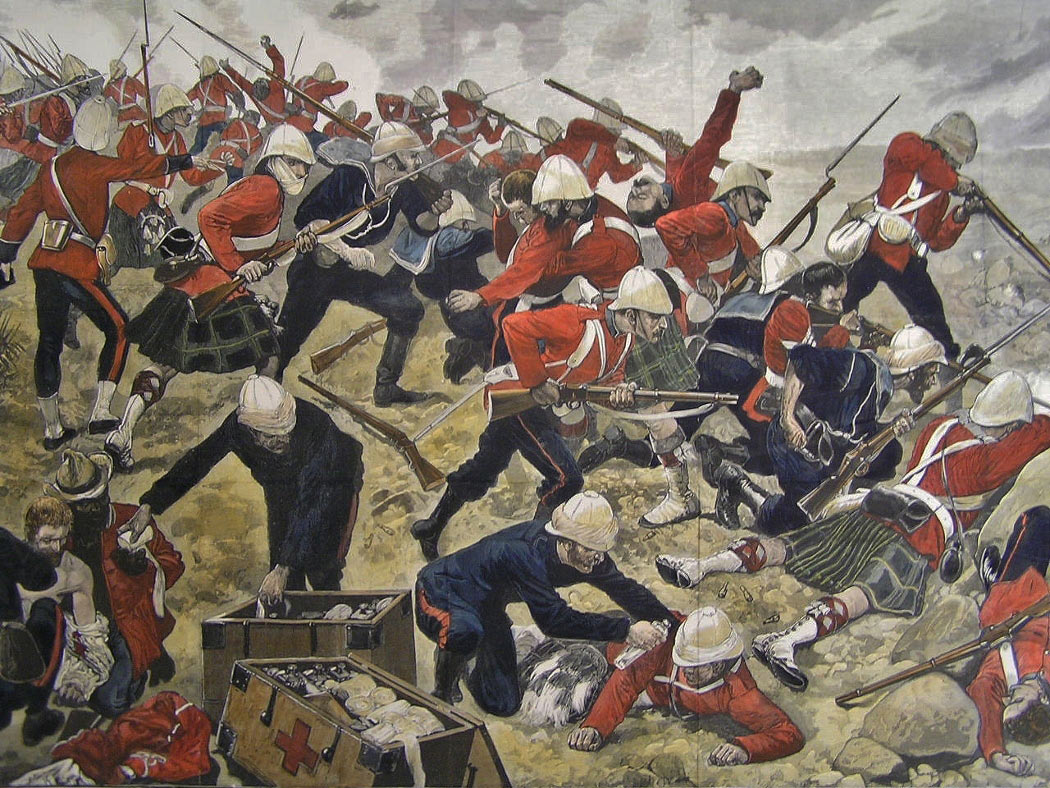|
Gisle Midttun
Gisle Midttun (1881–1940) was a Norwegian cultural historian and museologist. He was born in Kvinnherad, and was a brother of philologist Olav Midttun. Midttun was assigned with the Norwegian Museum of Cultural History Norsk Folkemuseum (Norwegian Museum of Cultural History), at Bygdøy, Oslo, Norway, is a museum of cultural history with extensive collections of artifacts from all social groups and all regions of the country. It also incorporates a large open ... from 1910. He was a co-editor of the multi-volume series ''Norske bygder'', where he also published several of his scientific works. References 1881 births 1940 deaths People from Kvinnherad 20th-century Norwegian historians Cultural historians {{cultural-hist-stub ... [...More Info...] [...Related Items...] OR: [Wikipedia] [Google] [Baidu] |
Kvinnherad
Kvinnherad is a List of municipalities of Norway, municipality in Vestland county, Norway. It is located in the Traditional districts of Norway, traditional district of Sunnhordland, along the Hardangerfjorden. The municipality was the 5th in size in former Hordaland county. The administrative centre of the municipality is the village of Rosendal, Norway, Rosendal. The largest village is Husnes, with about 6,000 people living in or near the village. Other villages include Ænes, Åkra, Hordaland, Åkra, Dimmelsvik, Eidsvik, Hordaland, Eidsvik, Hatlestrand, Herøysund, Høylandsbygd, Ølve, Sæbøvik, Sunndal, Vestland, Sunndal, Sunde, Kvinnherad, Sunde, Uskedal, and Valen, Kvinnherad, Valen. The municipality is the 104th largest by area out of the 356 municipalities in Norway. Kvinnherad is the 93rd most populous municipality in Norway with a population of 13,058. The municipality's population density is and its population has decreased by 1.9% over the previous 10-year period. ... [...More Info...] [...Related Items...] OR: [Wikipedia] [Google] [Baidu] |
Cultural History
Cultural history records and interprets past events involving human beings through the social, cultural, and political milieu of or relating to the arts and manners that a group favors. Jacob Burckhardt (1818–1897) helped found cultural history as a discipline. Cultural history studies and interprets the record of human societies by denoting the various distinctive ways of living built up by a group of people under consideration. Cultural history involves the aggregate of past cultural activity, such as ceremony, class in practices, and the interaction with locales. It combines the approaches of anthropology and history to examine popular cultural traditions and cultural interpretations of historical experience. Description Many current cultural historians claim it to be a new approach, but cultural history was already referred to by nineteenth-century historians, notably the Swiss scholar of Renaissance history Jacob Burckhardt. Cultural history overlaps in its approaches w ... [...More Info...] [...Related Items...] OR: [Wikipedia] [Google] [Baidu] |
Olav Midttun
Olav Midttun (8 April 1883 – 5 January 1972) was a Norwegian philologist, biographer, magazine editor, and media executive. He edited the cultural magazine '' Syn og Segn'' for more than fifty years, and was the first national program director of the Norwegian Broadcasting Corporation (NRK). Personal life Midttun was born in Mauranger as a son of teacher Jørgen Midttun (1855–1938) and Marta Øvrehus (1847–1920). He was a brother of Gisle Midttun. He was married twice, first from October 1909 to Mietze Bentsen, née Sandkuhl (1877–1942), then from 1950 to Borghild Skarmann. Career Graduating as cand.mag. in 1910, Midttun lectured at the University of Oslo from 1917 to 1934. He edited the cultural magazine '' Syn og Segn'' for more than fifty years, from 1908 to 1960. He was program manager of NRK from its start in 1933. He was fired in 1940 by the Nazi regime during the occupation of Norway by Nazi Germany, and returned after the Second World War as program man ... [...More Info...] [...Related Items...] OR: [Wikipedia] [Google] [Baidu] |
Norwegian Museum Of Cultural History
Norsk Folkemuseum (Norwegian Museum of Cultural History), at Bygdøy, Oslo, Norway, is a museum of cultural history with extensive collections of artifacts from all social groups and all regions of the country. It also incorporates a large open-air museum with more than 150 buildings, relocated from towns and rural districts. The Norwegian Museum of Cultural History is situated on the Bygdøy peninsula near several other museums, including the Viking Ship Museum; the Fram Museum; the Kon-Tiki Museum; and the Norwegian Maritime Museum. History ''Norsk Folkemuseum'' was established in 1894 by librarian and historian Hans Aall (1869–1946). It acquired the core area of its present property in 1898. After having built temporary exhibition buildings and re-erected a number of rural buildings, the museum could open its gates to the public in 1901. In 1907, the collections of King Oscar II, on the neighbouring site, was incorporated into the museum. Its five relocated buildings ... [...More Info...] [...Related Items...] OR: [Wikipedia] [Google] [Baidu] |
Store Norske Leksikon
The ''Great Norwegian Encyclopedia'' (, abbreviated ''SNL'') is a Norwegian-language online encyclopedia. It has several subdivisions, including the Norsk biografisk leksikon. The online encyclopedia is among the most-read Norwegian published sites, with up to 3.5 million unique visitors per month. Paper editions (1978–2007) The ''SNL'' was created in 1978, when the two publishing houses Aschehoug and Gyldendal merged their encyclopedias and created the company Kunnskapsforlaget. Up until 1978 the two publishing houses of Aschehoug and Gyldendal, Norway's two largest, had published ' and ', respectively. The respective first editions were published in 1906–1913 (Aschehoug) and 1933–1934 (Gyldendal). The slump in sales of paper-based encyclopedias around the turn of the 21st century hit Kunnskapsforlaget hard, but a fourth edition of the paper encyclopedia was secured by a grant of ten million Norwegian kroner from the foundation Fritt Ord in 2003. The f ... [...More Info...] [...Related Items...] OR: [Wikipedia] [Google] [Baidu] |
1881 Births
Events January * January 1– 24 – Siege of Geok Tepe: Russian troops under General Mikhail Skobelev defeat the Turkomans. * January 13 – War of the Pacific – Battle of San Juan and Chorrillos: The Chilean army defeats Peruvian forces. * January 15 – War of the Pacific – Battle of Miraflores: The Chileans take Lima, capital of Peru, after defeating its second line of defense in Miraflores. * January 24 – William Edward Forster, chief secretary for Ireland, introduces his Coercion Bill, which temporarily suspends habeas corpus so that those people suspected of committing an offence can be detained without trial; it goes through a long debate before it is accepted February 2. Note that Coercion bills had been passed almost annually in the 19th century, with a total of 105 such bills passed from 1801 to 1921. * January 25 – Thomas Edison and Alexander Graham Bell form the Oriental Telephone Company. February * Febru ... [...More Info...] [...Related Items...] OR: [Wikipedia] [Google] [Baidu] |
1940 Deaths
A calendar from 1940 according to the Gregorian calendar, factoring in the dates of Easter and related holidays, cannot be used again until the year 5280. Events Below, events related to World War II have the "WWII" prefix. January *January 4 – WWII: Luftwaffe Chief and Generalfeldmarschall Hermann Göring assumes control of most war industries in Nazi Germany, Germany, in his capacity as Plenipotentiary for the Four Year Plan. *January 6 – WWII: Winter War – General Semyon Timoshenko takes command of all Soviet forces. *January 7 – WWII: Winter War: Battle of Raate Road – Outnumbered Finnish troops decisively defeat Soviet forces. *January 8 – WWII: **Winter War: Battle of Suomussalmi – Finnish forces destroy the 44th Rifle Division (Soviet Union), Soviet 44th Rifle Division. **Food rationing in the United Kingdom begins; it will remain in force until 1954. *January 9 – WWII: British submarine is sunk in the Heligoland Bight. *January 10 – WWII: Mechele ... [...More Info...] [...Related Items...] OR: [Wikipedia] [Google] [Baidu] |
People From Kvinnherad
The term "the people" refers to the public or common mass of people of a polity. As such it is a concept of human rights law, international law as well as constitutional law, particularly used for claims of popular sovereignty. In contrast, a people is any plurality of persons considered as a whole. Used in politics and law, the term "a people" refers to the collective or community of an ethnic group or nation. Concepts Legal Chapter One, Article One of the Charter of the United Nations states that "peoples" have the right to self-determination. Though the mere status as peoples and the right to self-determination, as for example in the case of Indigenous peoples (''peoples'', as in all groups of indigenous people, not merely all indigenous persons as in ''indigenous people''), does not automatically provide for independent sovereignty and therefore secession. Indeed, judge Ivor Jennings identified the inherent problems in the right of "peoples" to self-determination, as i ... [...More Info...] [...Related Items...] OR: [Wikipedia] [Google] [Baidu] |


